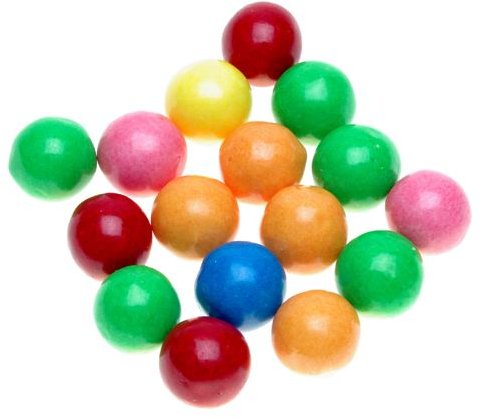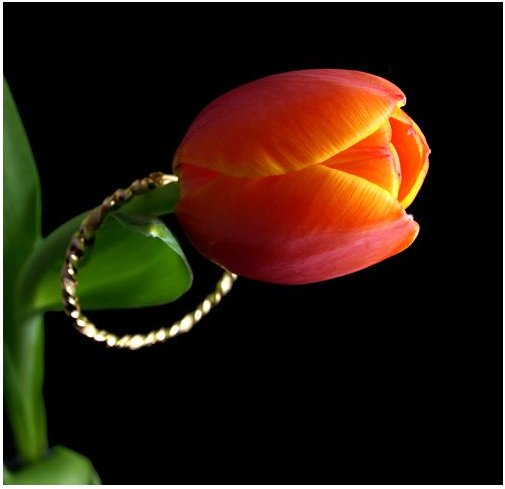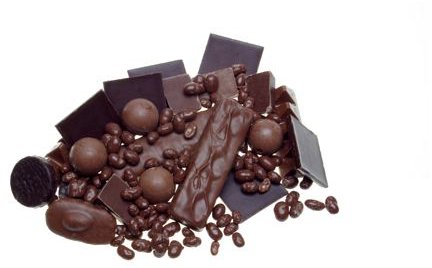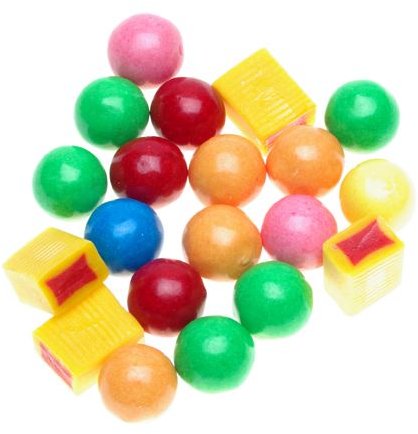Still Life Photography Tips & Techniques
Introduction to Still Life Photography
Still life photography can be a great way to hone your craft, whether you are new to photography or quite adept at it. As a portrait photographer, I find still life photography to be full of challenges and joys and a great way to think differently about what I do.
When you think of still life photography, you may think of food or flowers, or possibly you think of the painting of feasts you have seen hanging in art museums. The subject is not so important, except that by definition, still life usually excludes human subjects. Try some of these tips to get a great experience from this challenging art form.
Tips for Great Still Life Photography
-
Find something you love. Pick a subject you find visually appealing or that interests you. I end up shooting a lot of candy because I do some work in the candy industry and love the colors and textures I find in that kind of subject. If you find something that interests you, you will have a lot more fun with this whole process.
-
Play with your subject. Move your subject to get a different arrangement or vantage point. In this example, I was once assigned the tasty task of photographing gum. I made several different arrangements before coming to the one I liked. I kind of liked this one but was not entirely satisfied:
I felt that the arrangement of pieces of gum was off-balance so I kept moving the individual elements around until I got this photo:

Granted, these were not the only two photos I took, but I would hate to bore you with all the intervening steps.
-
Go to extremes. Think of your f-stop as you are shooting. Most still life photography looks best when it is either all in focus or mostly all out of focus, with just one element standing out very sharp. Use your light meter or the camera’s built-in meter to ensure that you have the proper exposure. I often shoot with a small aperture to get more stuff in focus. The above photos were shot at f/19. The old photojournalist’s adage of “f/8 and be there” is not a good one to follow for most still life photography.
-
Enlighten us. Experiment with your lighting. Try different angles and even different colors. Much of what I do uses a flat wash of white light but using different angles can have very dramatic and impressive results. Try focusing the light to a certain part of your subject, like I did to illuminate the petals on this tulip:

-
What’s your background? Your background is an integral element of still life photography. I often use a light table to illuminate a seamless translucent piece of plastic sheeting, giving a solid white background. That’s just my style. Try shooting against black and red and other colors to see what works for your subject.

References
Compiled from author’s own experiences as a professional photographer.
All photos by Carl Weaver.
